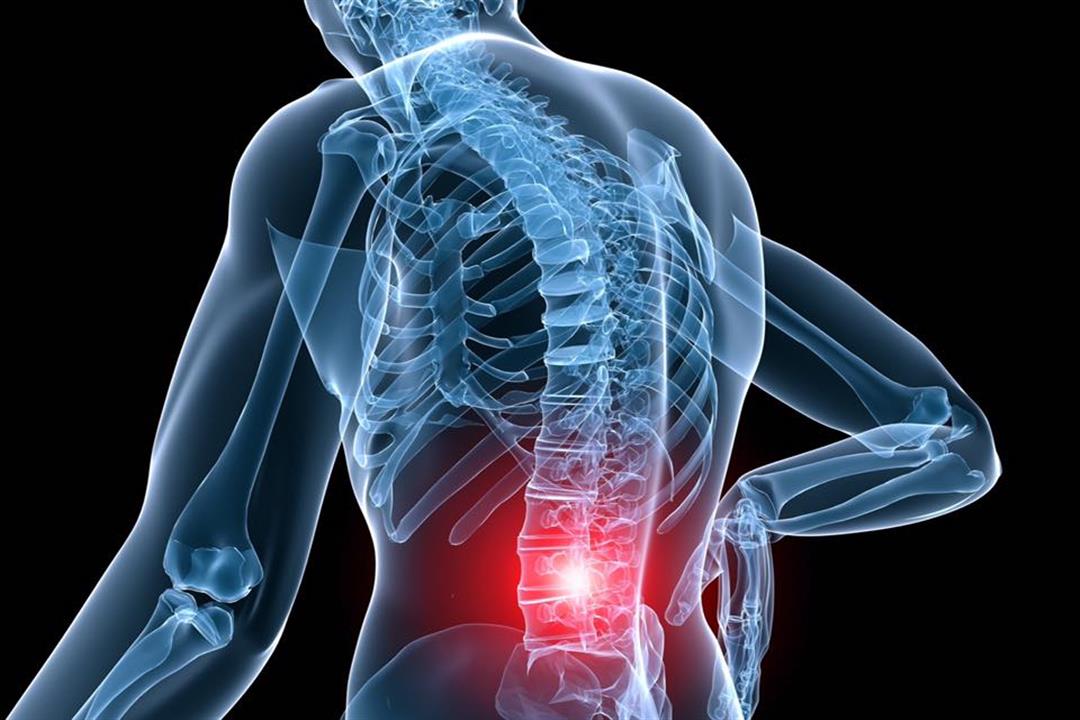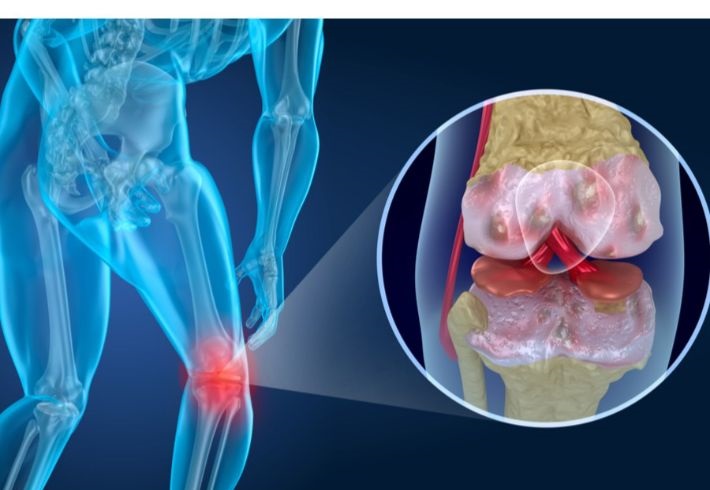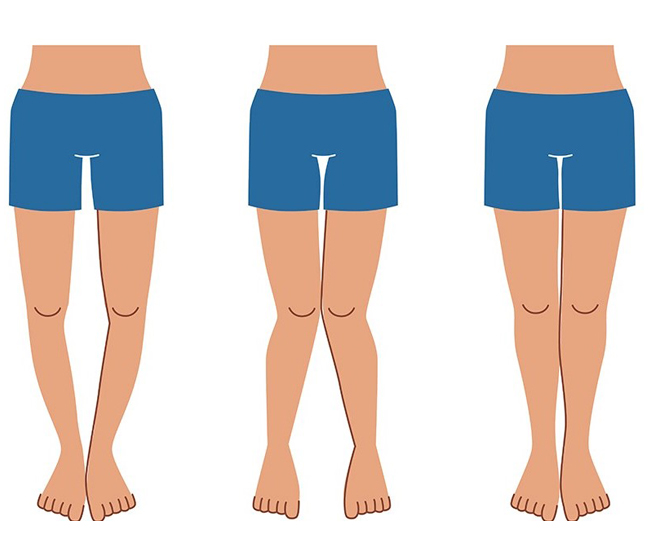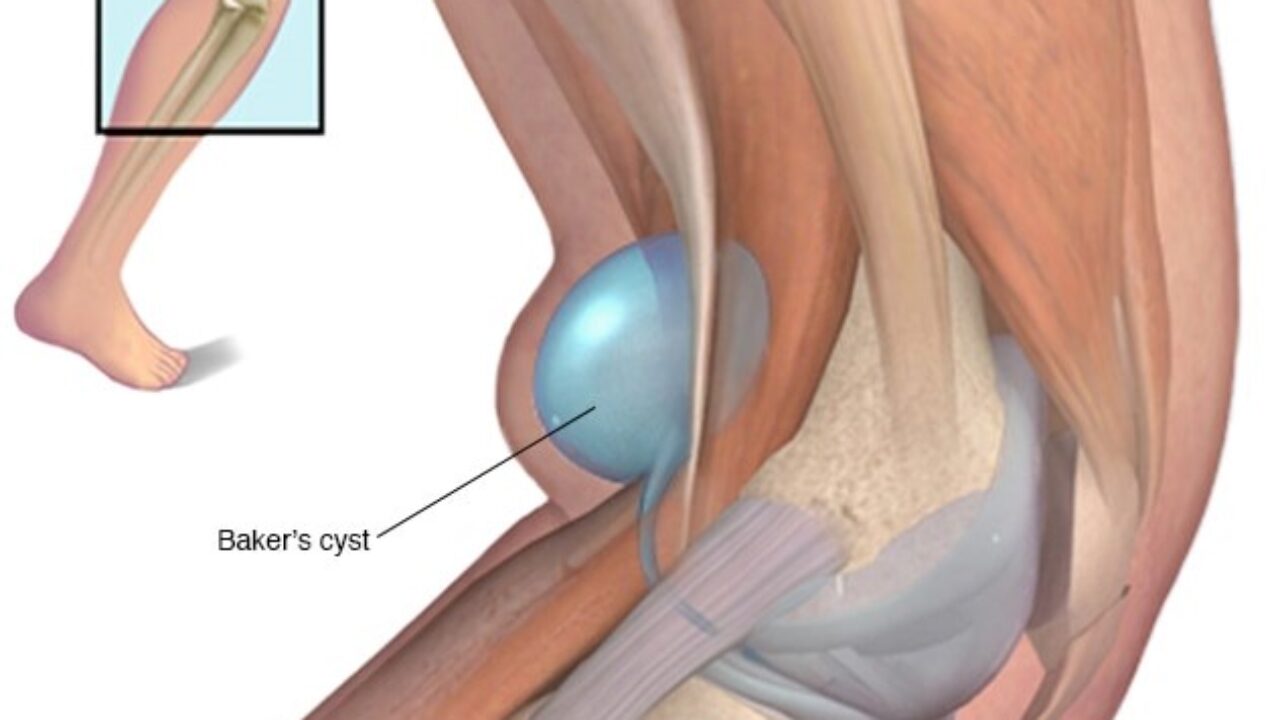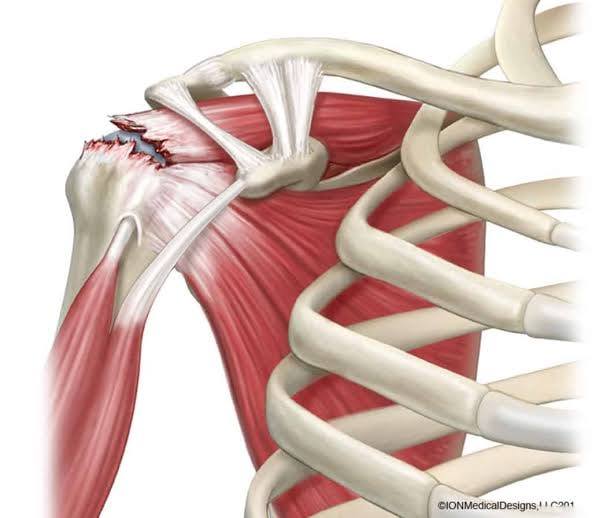Knee ulcer surgery
Work can be done to improve the condition of the knee ulcer patient by working on some medical procedures that are identified in the following article.
Knee ulcer surgery
Knee ulcer is considered one of the pathological conditions that can occur as a result of the patient’s exposure to an accident or a strong collision, which creates a hole in the knee, which is affected and affected by ulcers. There is more than one way to treat cartilaginous ulcers, and work can be done to improve the condition of the affected person through lubrication using hyaluronic acid, but it has not good side effects.
Another treatment method has been used and stem cells are used, thus the damaged cartilage is repaired better and small holes can be made in the knee, which helps speed up the recovery of the cartilage and get rid of knee ulcers.
Bone stem cells can be used if the affected person has had a cartilaginous ulcer of a large size because it improves the condition of the patient and increases the success rates of the operation, and work is done to extract stem cells from the pelvic bones through a precise procedure that is done through small injections.
Post-op knee surgery instructions
Following the doctors’ instructions, the knee ulcer operation helps the patient avoid complications and improve the speed of recovery, the patient can follow the following procedures:
- The patient should take care of the cleanliness of the wound at the surgical site and keep it dry and clean for better and faster healing.
- It is important to tell the doctor about the medical history of the person or the family, as this may increase the chances of developing complications.
- Paying attention to the medications prescribed by the doctor during the postoperative period.
- Minimize the use of airplanes, as they may increase the risk of stroke.
What are the risks of knee ulcer surgery?
Knee ulcer surgery can cause some damage, but the largest percentage of cases are not exposed to such complications, as the patient may be exposed to some risks, including:
- A possibility of infection.
- A possibility of knee pain.
- The patient may bleed.
Knee ulcer treatment
After the knee condition is diagnosed and the knee is identified with cartilage ulcers, the patient can start the treatment journey, and it can be explained as follows:
Surgical treatment is often resorted to, especially if the patient was exposed to severe cartilage ulcers that affected the bones and the knee joint in general.
Knee arthroscopy can be done to make some holes in the knee to stimulate the formation of cartilage again, but this is considered a temporary treatment because the cartilage in this case will not bear the extra weight.
Cartilage grafting and surgery can be performed by placing parts of other joint cartilage at the injury site and thus have a better and more effective effect.
Herbal treatment of knee ulcers
Herbs can be used as a complementary treatment to work on improving the condition of the cartilage and stimulating growth again so that the doctor’s instructions must be followed before anything and pay attention to the medications and steps that he explains to the patient, and among the herbs that can be used are:
- Ginger.
- Green tea.
- turmeric.
- Cat’s claw herb.
Causes of knee ulcers
There are a number of causes that can lead to meniscus ulcers, including the following:
- Knee fractures.
- A cut in one of the knee ligaments.
- Inflammation of the cartilage.
- The presence of roughness in the knee.
Knee ulcer symptoms
Knee ulcer or cartilage ulcer is considered one of the diseases that can have multiple causes, and it is an injury that causes the cartilage to erode, which reveals the surface below the cartilage of the bones, and thus friction can occur between the bones, and thus the bone is affected and the patient begins to feel pain.
Cartilage ulcers can be divided into two types, the first affects only the outer surface of the cartilage and does not affect the entire cartilage, and in the second type the entire cartilage is affected and thus a larger part of the bones can be exposed to friction.
The symptoms that accompany knee ulcers are almost non-existent and the patient does not begin to feel them until the necessary analyzes and x-rays are done for other symptoms such as knee roughness or the presence of constant pain in it, so the correct diagnosis of the injury must be made so that early treatment can be done.




